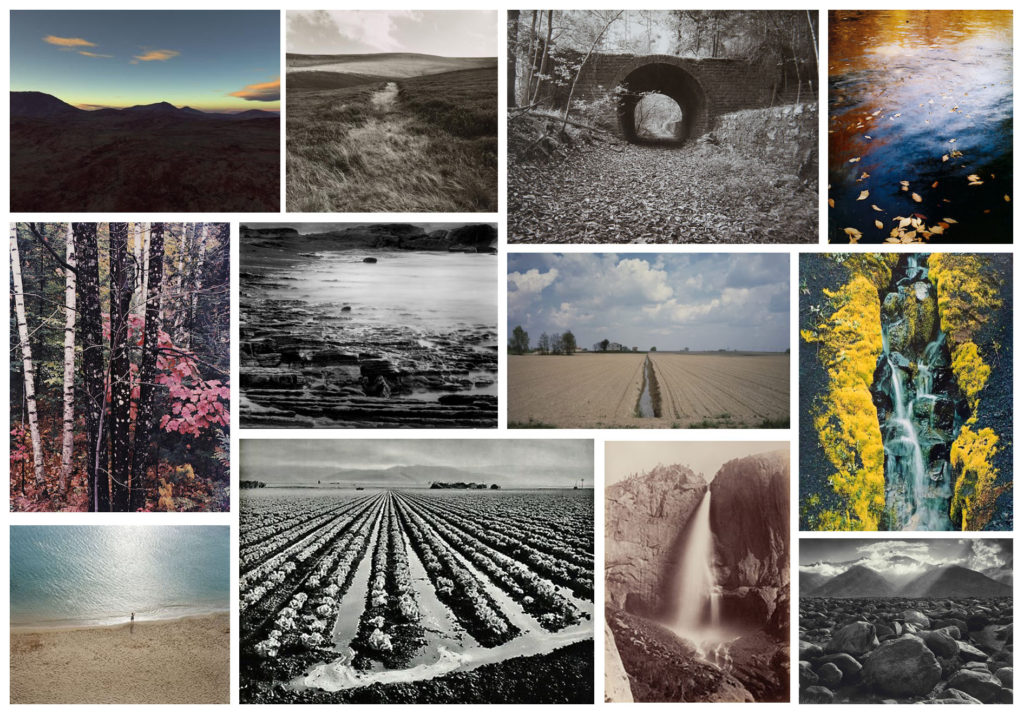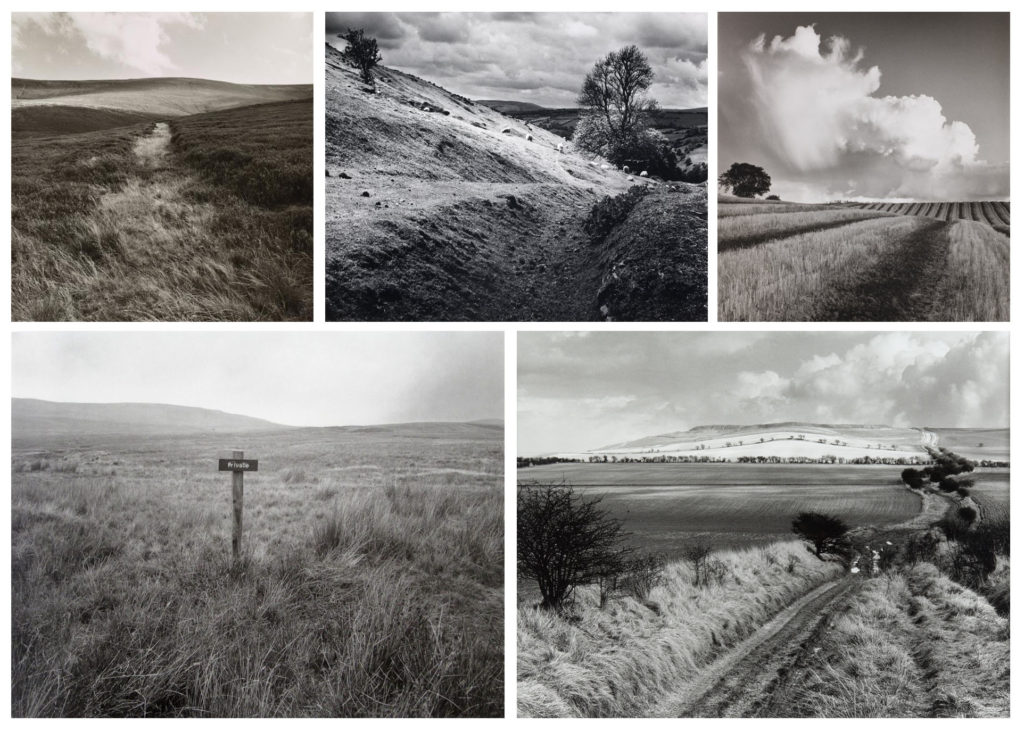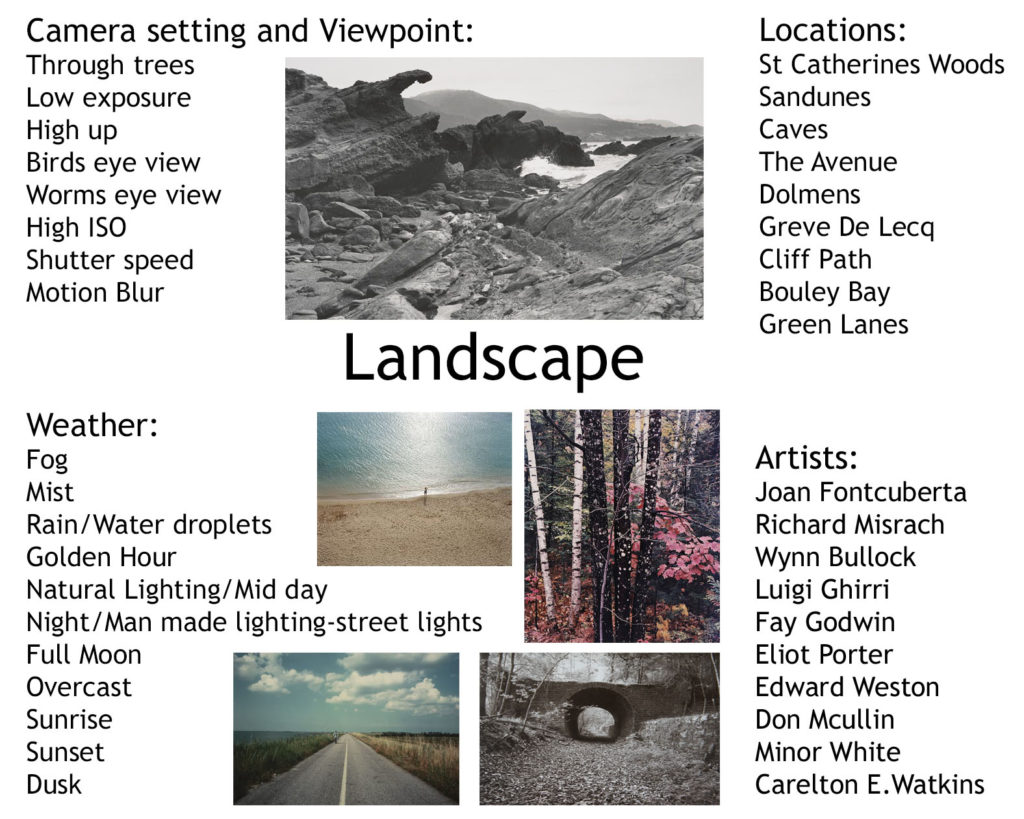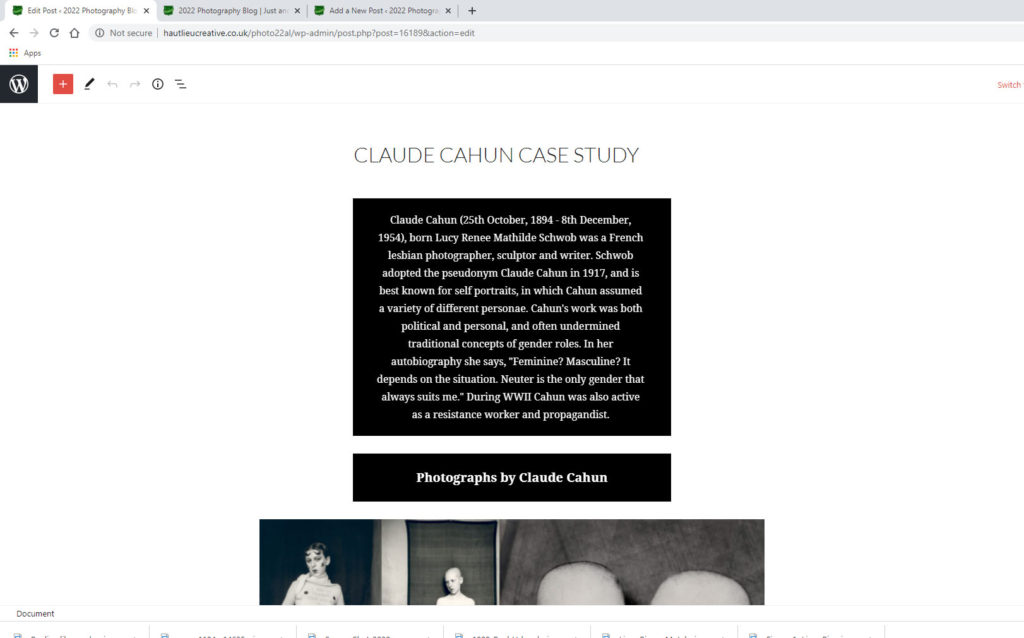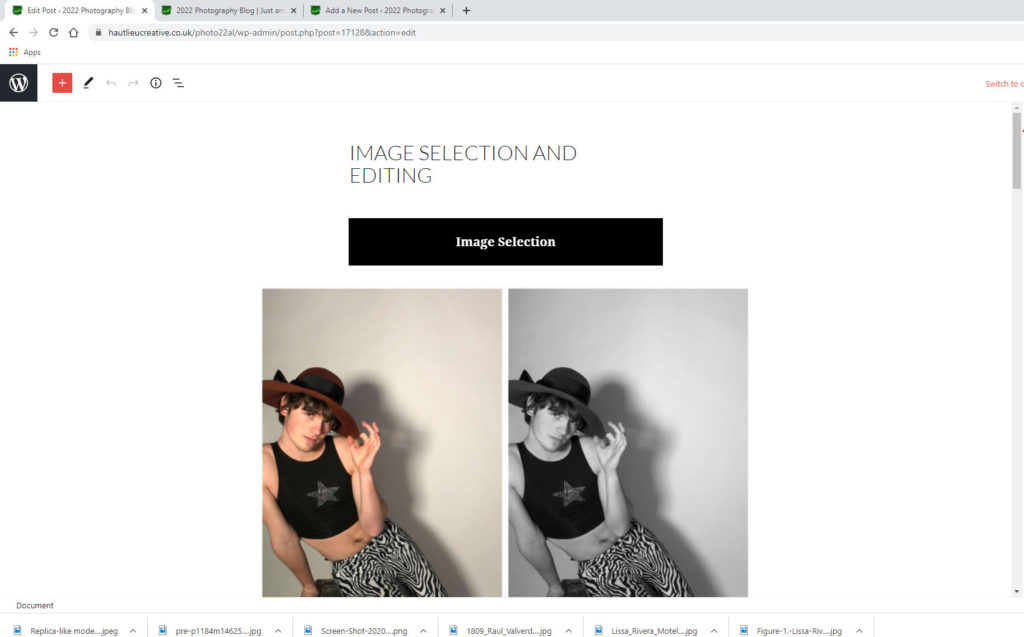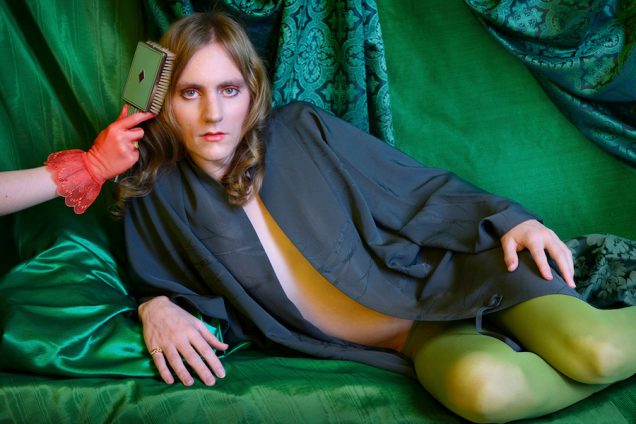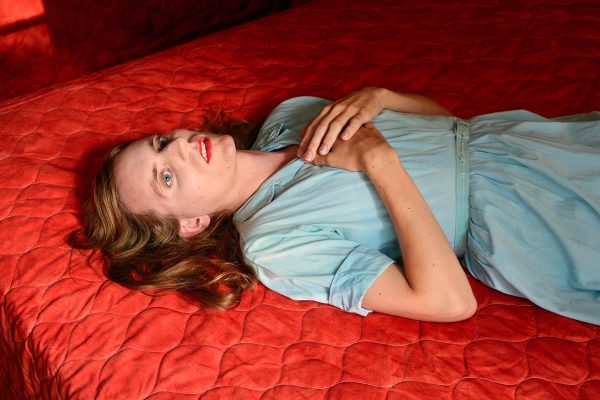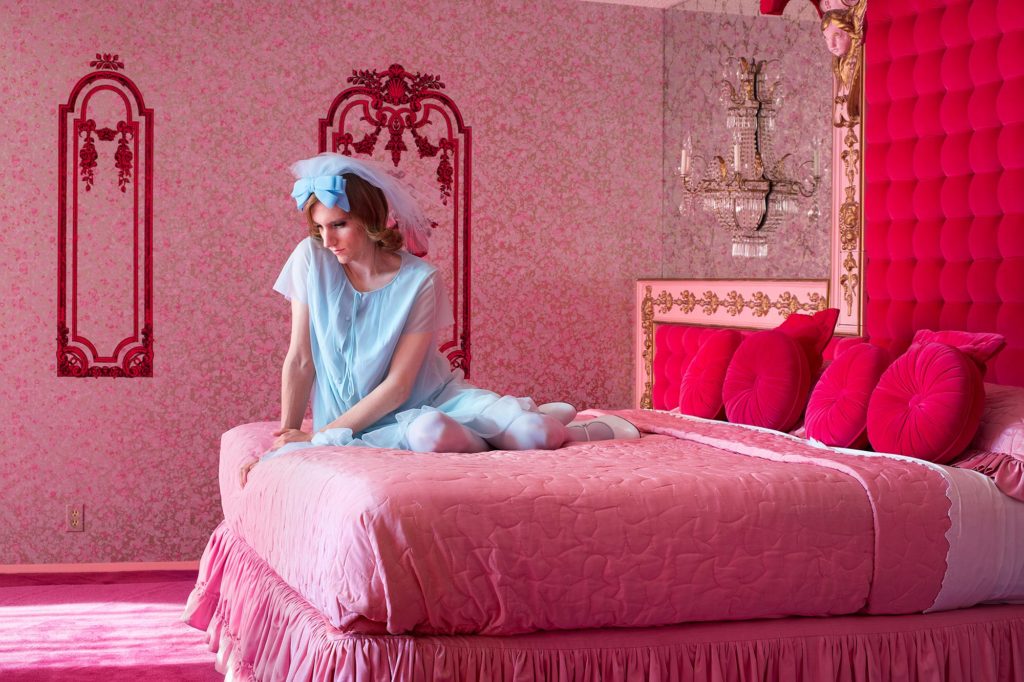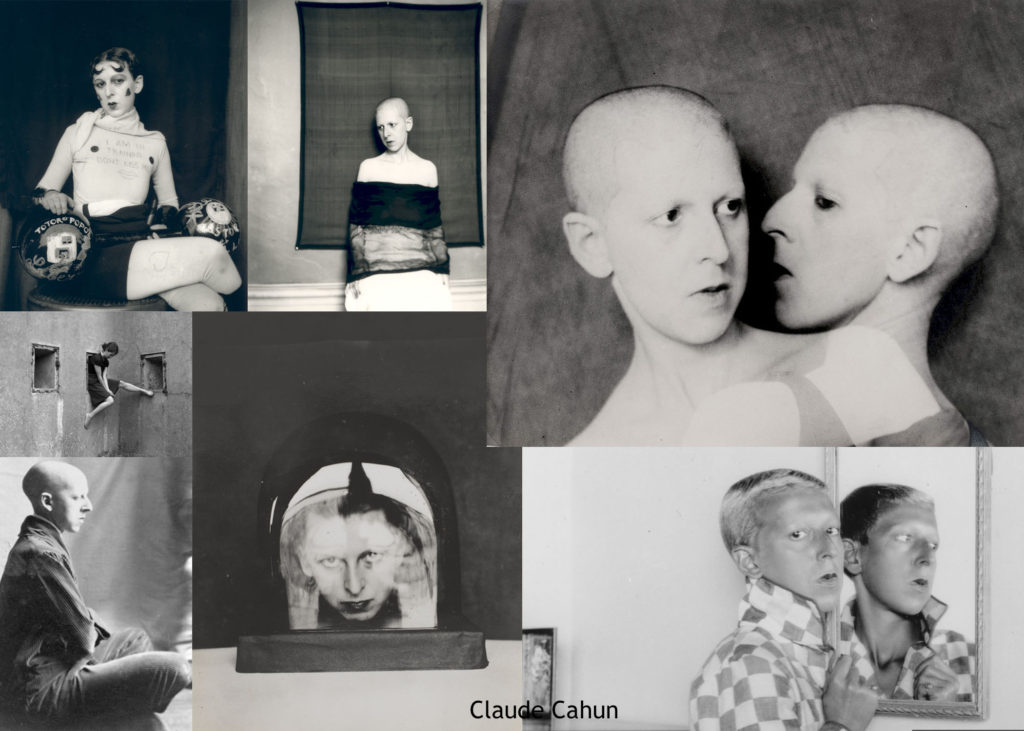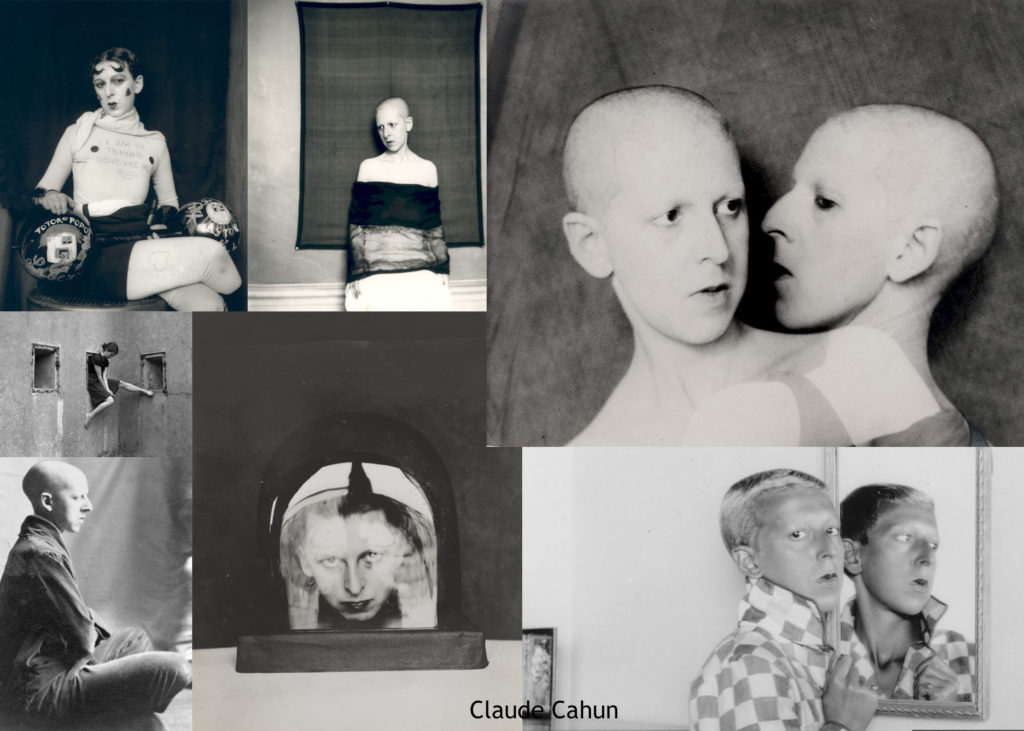Wynn Bullock: Sea palms
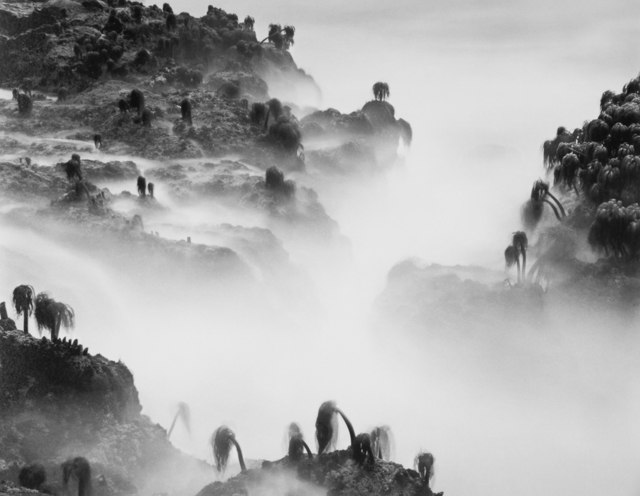
Keywords: atmospheric, mysterious, illusion, calming, moody, dystopian, monochromatic, eerie, contrast. Form: This landscape photograph taken by Wynn Bullock in 1968 in the US depicts sea palms on rock forms, shrouded in mist which creates an eery atmosphere. This image is very monochromatic tones of black, grey and white. The lack of colour in this image adds to the drama and it is difficult to decipher what the scale of the image is, adding to the mystery of the image. Most of the sea palms in this image seem to be leaning to the left as if they are dying or have been blown over by strong winds or a storm. I feel that this image depicts a dystopian society that has no human connections/ has only been touched by the elements. Process: This photograph has been taken either looking across or slightly down on the landscape. The image was taken in daylight using strong light to enable the photographer to capture a strong range of tonal shades. Utilising Ansel Adams ‘zone system’ 1-10. I sense that Bullock would have waited for a specific time and weather conditions to capture his vision. Another process could be that he utilised a slow shutter speed to create the image. This could explain the lapping rock pool water becoming smoke/haze like in appearance due to its movement and some sea palms being blurred. Content: Bullock talks about how his photographs serve as visual metaphors for larger ideas, such as the passing of time and the inevitability of death. This particular image was taken in 1968 and during this time the US was going through a state of shocking assassinations, a much hated war and a spirit of rebellion through violent rioting and the dawn of the television age. Perhaps the drooping, dying sea palms in this image are a reflection of society at the time. The sea palms could also depict the US citizens at this time, or the US soldiers fighting in the war, with the surrounding fog and mist representing tear gas and the ruins of battlegrounds.

